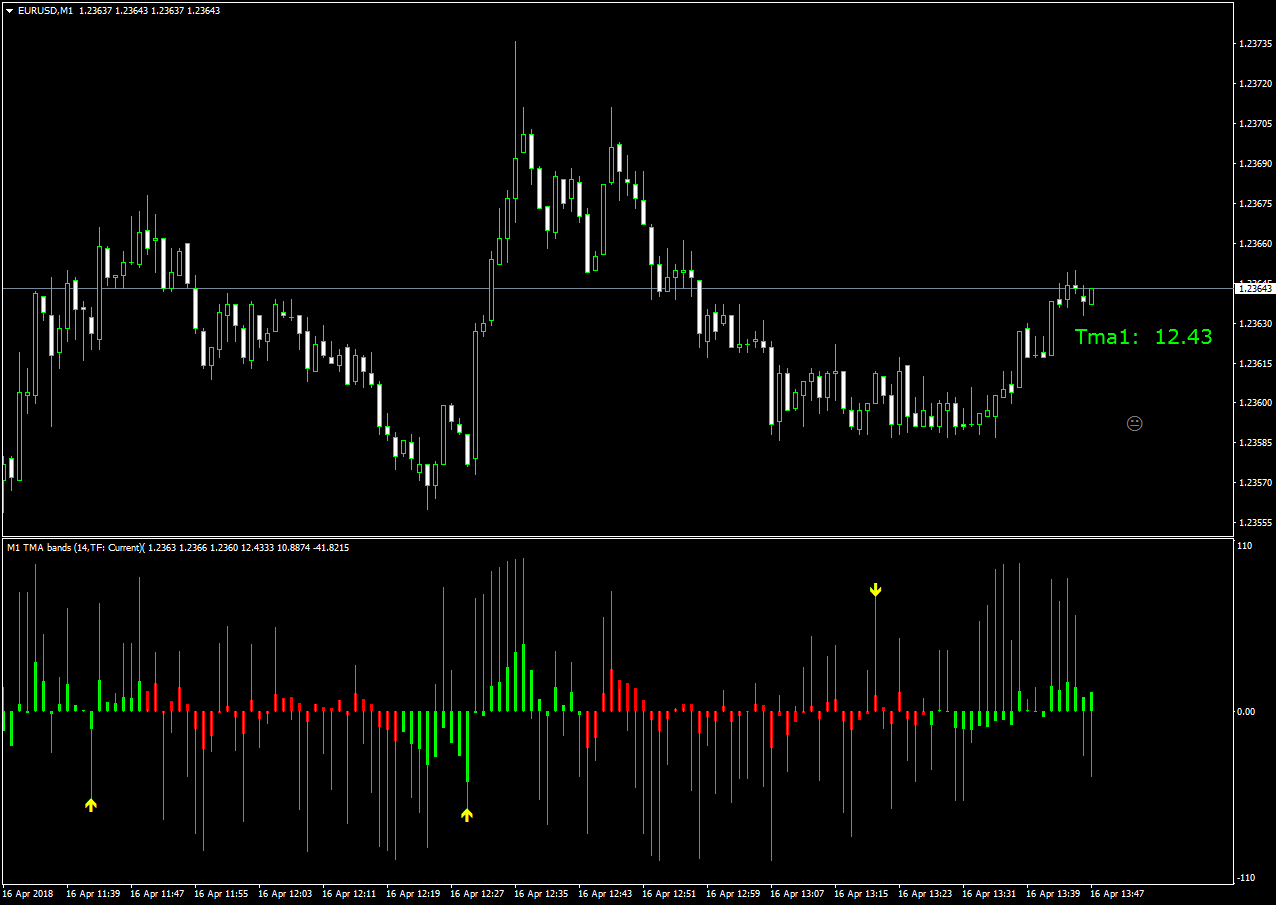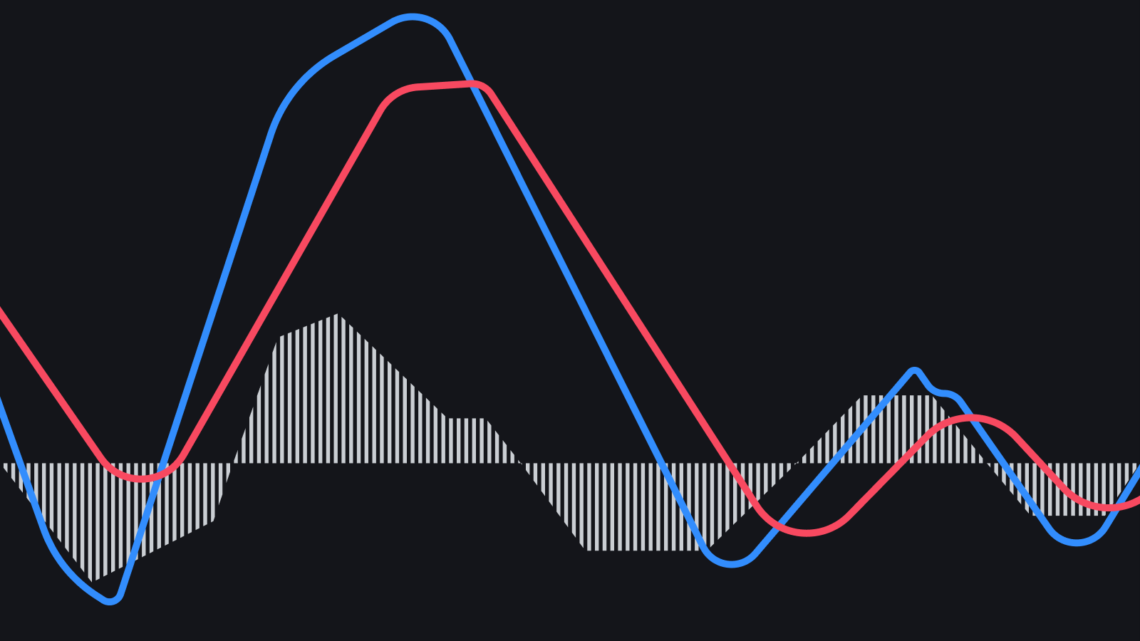Overview of the main functions of the GMMA indicator
The work of a trader involves complex market trend analysis and forecasting. To do this, specialists use various tools to see the overall dynamics. One of the most popular is moving average indicators, of which GMMA is one.
GMMA has two functions:
– it tracks the spontaneous reactions of short-term traders;
– it analyses the long-term strategies of investors.
These indicator characteristics are critical to building a successful operation. Analysing the approaches of short-term and long-term traders makes it possible to assess the complete picture of market changes.
Daryl Guppy created the Guppy Multiple Moving Average (GMMA) indicator. Its author believed that a successful strategy relies on understanding the behaviour of key players. He, therefore, focused on two groups – short-term traders and long-term investors. The former tend to be fast-moving, trying to take advantage of current trends. This type of trader knows how to adapt quickly to changing conditions in order to make the desired profit.
Long-term investors think differently. They carefully compare many factors before taking action. Investors need to understand the characteristics of the current trend and where it is heading.
The GMMA Index analyses and uses these contrasting strategies to provide its market view. The tool shows the current dynamics and predicts future movements.
How to use the indicator to determine the strength of the trend
Another helpful function of the GMMA is determining the trend’s strength. The critical factor is the corridor between the short-term and long-term moving averages. If the gap between them is widening, then we can say that the current trend is strong. This can signal the opening of a position in the direction of the prevailing trend. If the trend is weakening, the corridor narrows, and this should be considered a time for a change of approach. In addition to this, other characteristics of the positioning of the slide bands should also be under consideration:
– converging EMAs indicate a possible trend reversal;
– if they diverge, the trend will continue to move;
– when the short-term moving EMAs are above the long-term EMAs and the corridor is widening, there is a solid bullish trend;
– a bearish trend prevails when the long-term EMAs are above the short-term EMAs.
A trend reversal is indicated when the moving averages cross. In addition, the EMAs may converge before the reversal. Such a situation suggests the uncertainty that exists in the market at the moment. Often, the trend then changes direction.
Like any other tool, the GMMA indicator has its drawbacks. It can be slow to react to market changes. This can lead to losses for the trader. In addition, the GMMA can give false signals. It is better to use it in combination with other technical analysis tools to reduce risks.










